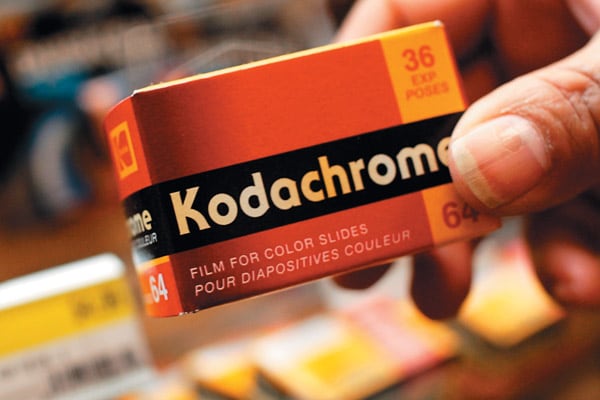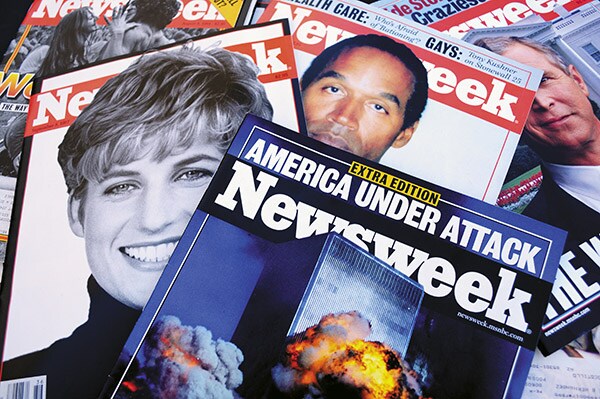
5 things you can say goodbye to
1. Typewriter
In November, Brother, a UK-based manufacturer, rolled out its last typewriter. You can’t buy it. It was sent straight to London’s science museum. India was slightly ahead of the UK in this regard. It closed its last typewriter factory, run by Godrej & Boyce, in 2011.

2. Encyclopaedia Britannica (in print)
It started in 1768 with a mere three volumes in Scotland. Over the years, it evolved into the most wide-ranging and authoritative set of books. Encyclopaedia Britannica’s latest edition had 32 volumes, a majestic symbol of man’s impossible ambition ‘to know everything’. Its latest also turned out to be the last, in print.

3. Kodak cameras
In 2009, Kodak stopped the production of the iconic film brand Kodachrome. This year, Kodak said it’s shutting down its camera business altogether, including digital cameras, to focus on ‘corporate digital imaging’. It will probably take some more years before the idea of the Kodak Moment fades from our memory.
4. Magnetic Buckyballs
Buckyballs used to give bored adults the same joy that doodling gave, only in a three-dimensional way. They were made of rare earth magnets, and could be moulded into different shapes. Thanks to consumer safety regulations—it’s unsafe for children as swallowing these strong magnets are dangerous—the company decided to stop its production. Go back to pen and paper.

5. Newsweek
When Daily Beast’s Tina Brown took over the editorship of age-old Newsweek—the magazine’s first issue came out in 1933—some people, given to nostalgia, thought it only showed that new media had to still depend on the old. How wrong they were. Newsweek said its print edition will soon cease to exist. You might still be able to catch a few copies in early 2013.
(This story appears in the 30 November, -0001 issue of Forbes India. To visit our Archives, click here.)
X





